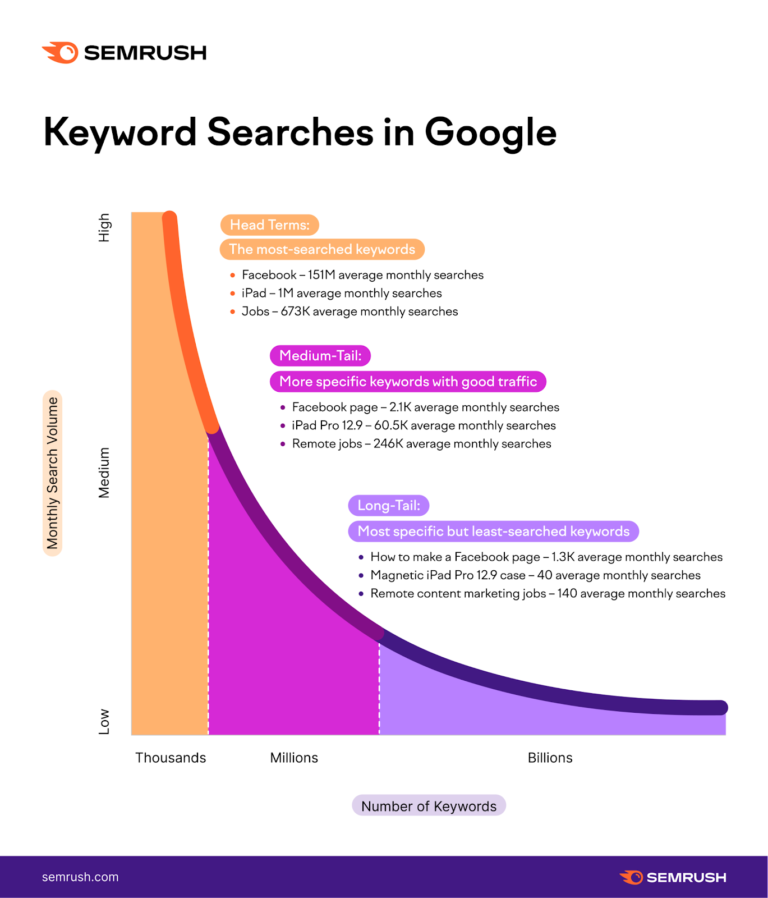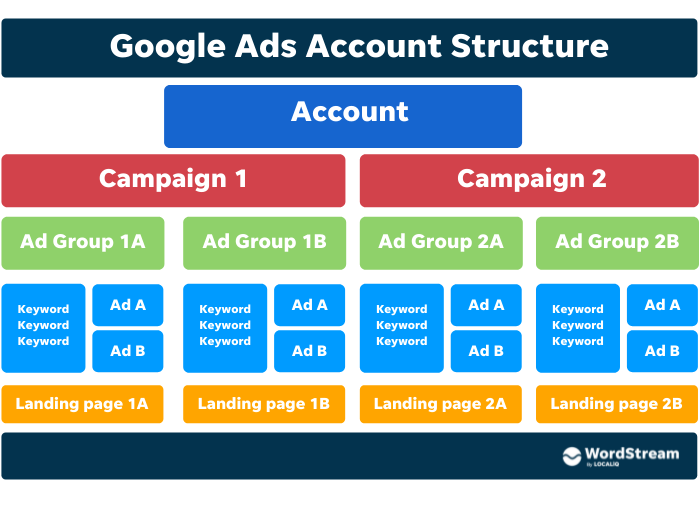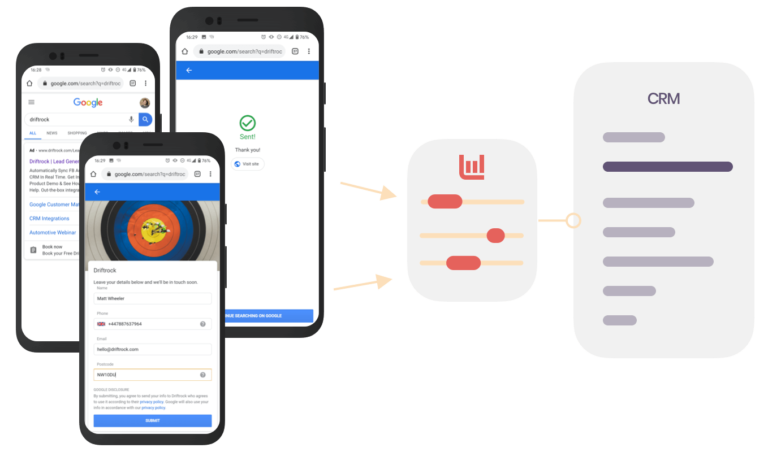Cost-effective strategies for budget-conscious businesses to save money on Google Ads include optimizing keywords, targeting specific audience demographics, and monitoring campaign performance closely. For businesses looking to maximize their advertising ROI, implementing these strategies can help minimize costs and increase overall efficiency.
By focusing on relevant keywords and refining target audience demographics, companies can improve ad targeting and conversion rates, reducing unnecessary spending and improving campaign effectiveness. Monitoring campaign performance allows for timely adjustments and optimization, ensuring that budget allocation is effectively utilized towards the most successful ad campaigns.
With these strategies in place, businesses can optimize their advertising budgets, making the most of their Google Ads investment, and driving positive results for their bottom line.

Credit: n26.com
Setting Budget Goals
When it comes to Google Ads, setting budget goals is a crucial step in ensuring cost-effective strategies for budget-conscious businesses. By evaluating your advertising needs, determining realistic budget limits, and defining campaign objectives, you can make informed decisions about your Google Ads budget. Let’s delve into each of these steps to help you save money while achieving your advertising goals.
Evaluating Advertising Needs
Before you set your budget goals, it’s essential to evaluate your advertising needs. Take the time to understand your target audience, their preferences, and the platforms they spend the most time on. Conducting market research and analyzing relevant data can provide valuable insights into where and how to allocate your advertising budget effectively.
Consider the following factors while evaluating your advertising needs:
- Identify your target audience demographics, interests, and behaviors.
- Research competitor advertising strategies and identify gaps.
- Analyze historical advertising data to identify trends and patterns.
Determining Realistic Budget Limits
Once you have a clear understanding of your advertising needs, it’s time to determine realistic budget limits. Setting a budget that aligns with your business goals and financial capabilities is crucial to avoid overspending.
Here are some steps to help you determine realistic budget limits:
- Analyze your overall business revenue and allocate a percentage that you can comfortably invest in advertising.
- Consider the average cost per click (CPC) and the expected number of clicks to estimate the minimum budget required to achieve your campaign objectives.
- Monitor your budget closely and make adjustments based on the performance of your campaigns.
Defining Campaign Objectives
Defining clear campaign objectives is essential to guide your budget allocation effectively. By setting specific, measurable, achievable, relevant, and time-bound (SMART) objectives, you can ensure your Google Ads campaigns are optimized for success.
Consider the following when defining your campaign objectives:
- Focus on the key performance indicators (KPIs) that align with your business goals, such as click-through rates (CTR), conversions, or return on ad spend (ROAS).
- Set realistic benchmarks based on industry standards and previous campaign performance.
- Align your campaign objectives with the different stages of the customer journey, from awareness to conversion.
By evaluating your advertising needs, determining realistic budget limits, and defining campaign objectives, you can set budget goals that maximize your return on investment (ROI) while minimizing spending on Google Ads. Keep in mind that regular monitoring and optimization are also crucial to ensure your budget aligns with your evolving business needs.
Optimizing Campaign Performance
When it comes to saving money on Google Ads, optimizing your campaign performance is crucial. By targeting the right audience, creating compelling ad copy, improving landing page experience, implementing ad scheduling, and monitoring and adjusting bids, you can maximize your budget and achieve cost-effective results. Let’s dive into each of these strategies in detail.
Targeting The Right Audience
Targeting the right audience is essential in reducing ad spend wastage and increasing your chances of conversion. By identifying your target market and utilizing Google Ads’ advanced targeting options, you can reach the right people at the right time. Consider demographics, interests, and behaviors of your potential customers to refine your targeting.
Creating Compelling Ad Copy
The ad copy you create plays a vital role in attracting clicks and driving conversions. Craft compelling, attention-grabbing headlines that clearly convey your unique selling proposition. Highlight the benefits your product or service offers and include a strong call-to-action. Use relevant keywords strategically to improve your ad’s visibility and relevance.
Improving Landing Page Experience
Your landing page experience can significantly impact your ad performance and ultimately, your cost-effectiveness. Ensure your landing page is optimized for speed, mobile-friendliness, and intuitive navigation. Deliver a cohesive message from your ad to your landing page to maintain a consistent user experience and increase the likelihood of conversion.
Implementing Ad Scheduling
Ad scheduling enables you to display your ads during specific days and hours when your target audience is most active. By analyzing your ad performance data and identifying peak times of engagement, you can optimize your ads for those specific periods. This way, you can avoid unnecessary impressions during low-conversion times and allocate your budget more effectively.
Monitoring And Adjusting Bids
Regularly monitoring and adjusting your bids is crucial in ensuring that you are getting the most out of your budget. Analyze the performance of your keywords and ads and make bid adjustments accordingly. Focus on maximizing your return on investment (ROI) by allocating more budget to top-performing keywords and reducing bids for underperforming ones, or by using automated bidding strategies provided by Google Ads.
Tracking And Analyzing Results
Tracking and analyzing the results of your Google Ads campaigns is crucial for optimizing their performance and ensuring that you are getting the most out of your budget. By monitoring the data and metrics generated by your ads, you can identify what is working well and where adjustments may be needed. This section will explore two key aspects of tracking and analyzing results: utilizing conversion tracking and analyzing key metrics.
Utilizing Conversion Tracking
Conversion tracking is an essential tool for understanding the effectiveness of your Google Ads campaigns. It allows you to track and measure the actions that users take after clicking on your ads, such as purchases, form submissions, or newsletter sign-ups. By implementing conversion tracking, you can gain insights into the specific keywords, ads, and campaigns that are driving the most valuable actions. This data will enable you to make informed decisions about where to allocate your budget and focus your efforts.
To utilize conversion tracking in Google Ads, you need to set up conversion actions and generate a code snippet that you will place on the relevant pages of your website. This code snippet triggers whenever a conversion occurs, sending the data back to your Google Ads account. The information captured through conversion tracking can then be found in the ‘Conversions’ section of your Google Ads dashboard, providing you with valuable insights into the performance of your ads.
Analyzing Key Metrics
While conversion tracking focuses on specific actions, there are also key metrics that you should monitor to understand the overall performance of your Google Ads campaigns. These metrics provide valuable insights into how your ads are performing and can help identify areas for improvement.
The following are some of the most important metrics to analyze:
- Click-through rate (CTR): CTR measures the percentage of people who clicked on your ad after seeing it. A high CTR indicates that your ad is relevant and engaging, while a low CTR may suggest that your ad is not resonating with your target audience.
- Cost per click (CPC): CPC shows the average cost you pay for each click on your ad. Analyzing CPC helps you understand how much you are spending on each click and whether it aligns with your budget and goals.
- Conversion rate: Conversion rate measures the percentage of users who completed a desired action after clicking on your ad. A higher conversion rate indicates that your ad and landing page are converting users effectively, while a lower conversion rate may indicate areas for improvement.
- Return on ad spend (ROAS): ROAS quantifies the revenue generated for every dollar spent on advertising. Monitoring ROAS helps you understand the profitability of your campaigns and whether adjustments are needed to optimize your returns.
Identifying Underperforming Areas
Regularly analyzing your Google Ads campaigns allows you to identify underperforming areas and take appropriate action. By reviewing the data and metrics, you can pinpoint ads, keywords, or targeting options that are not generating the desired results. Once identified, you can make data-driven optimizations, such as revising your ad copy, refining your targeting parameters, or pausing underperforming keywords or ads. Identifying underperforming areas ensures that your budget is being utilized effectively to maximize the ROI of your Google Ads campaigns.

Credit: www.mayple.com
Testing And Experimentation
When it comes to running cost-effective Google Ads campaigns, testing and experimentation play a crucial role. By continuously evaluating and optimizing your ad variations, bidding strategies, and ad formats, you can ensure that you are maximizing the return on your advertising investment.
A/b Testing Ad Variations
A/B testing involves creating multiple variations of your ads and measuring their performance to determine which version resonates best with your target audience. By testing different headlines, ad copy, and call-to-action statements, you can identify the most effective combination that leads to higher click-through rates and conversions.
Trying Different Bidding Strategies
In the realm of Google Ads, bidding strategies can have a significant impact on your campaign’s overall success. By experimenting with different bidding strategies such as cost-per-click (CPC), cost-per-acquisition (CPA), or target return on ad spend (ROAS), you can find the approach that aligns with your budget and helps you achieve your advertising goals.
Exploring Alternative Ad Formats
Beyond the traditional text-based ads, Google Ads offers various alternative ad formats, including video, display, shopping, and app promotion ads. By exploring these alternative formats, you can tap into different audiences and target them with visually engaging and interactive advertisements. Additionally, alternative ad formats often present different pricing models, allowing you to optimize your budget and achieve better results.

Credit: www.linkedin.com
Frequently Asked Questions For Saving Money On Google Ads: Cost-effective Strategies For Budget-conscious Businesses
How Are Google Ads Cost Effective?
Google Ads are cost-effective because they allow you to set a budget and only pay when someone clicks on your ad. You can also track the performance of your ads in real-time and make changes to optimize your campaigns for better results.
How Do I Reduce My Budget On Google Ads?
To reduce your budget on Google Ads, follow these steps: 1. Adjust your daily budget limit in the campaign settings. 2. Review your keywords and consider removing or pausing underperforming ones. 3. Refine your targeting options to reach a more specific audience.
4. Optimize your ad copy and landing pages to improve ad quality and relevance. 5. Monitor and analyze your campaign performance regularly to make further budget adjustments as needed.
How Do I Reduce The Cost Of Google Ads?
To reduce the cost of Google Ads, optimize your keywords and ads, improve your quality score, target a specific audience, and set a daily budget. Regularly review and adjust your campaigns, as well as use strategic bidding and ad scheduling.
How Can Google Ads Help On A Tight Budget?
Google Ads can help on a tight budget by allowing you to set a daily spending limit that fits your budget. You only pay when someone clicks on your ad, which can be cost-effective. Plus, you can target specific keywords and demographics to reach your desired audience and maximize your ad’s impact.
Conclusion
To sum up, implementing cost-effective strategies for Google Ads can significantly benefit budget-conscious businesses. By focusing on targeted keywords, optimizing ad copy, and effectively managing campaigns, businesses can increase their ROI and maximize their budget’s effectiveness. Additionally, regularly analyzing and adjusting campaigns based on performance data can further improve cost-efficiency.
With these strategies in place, businesses can save money while still reaching their target audience and achieving their marketing goals through Google Ads.



